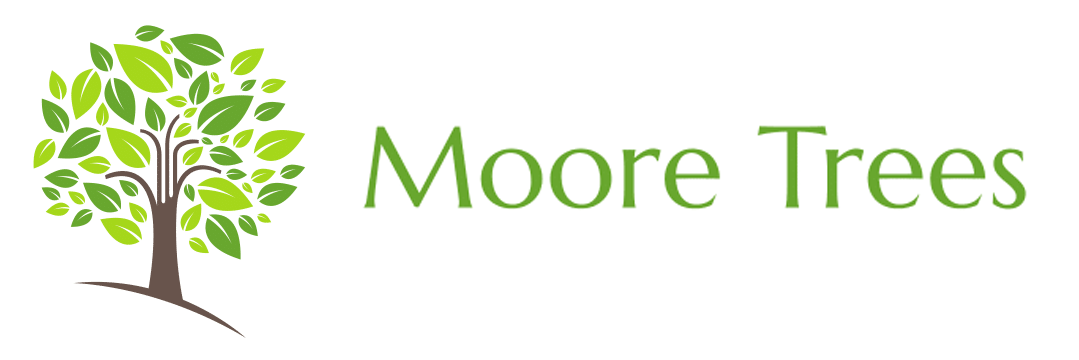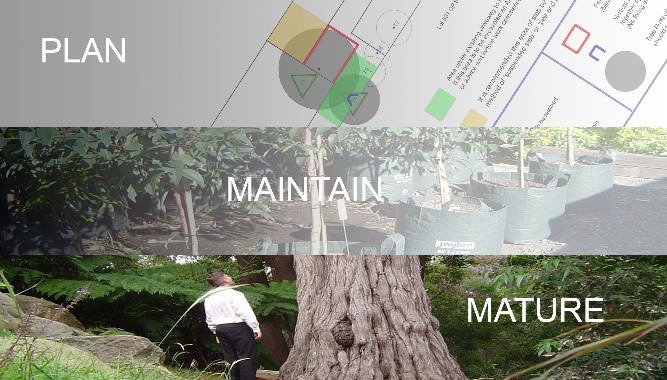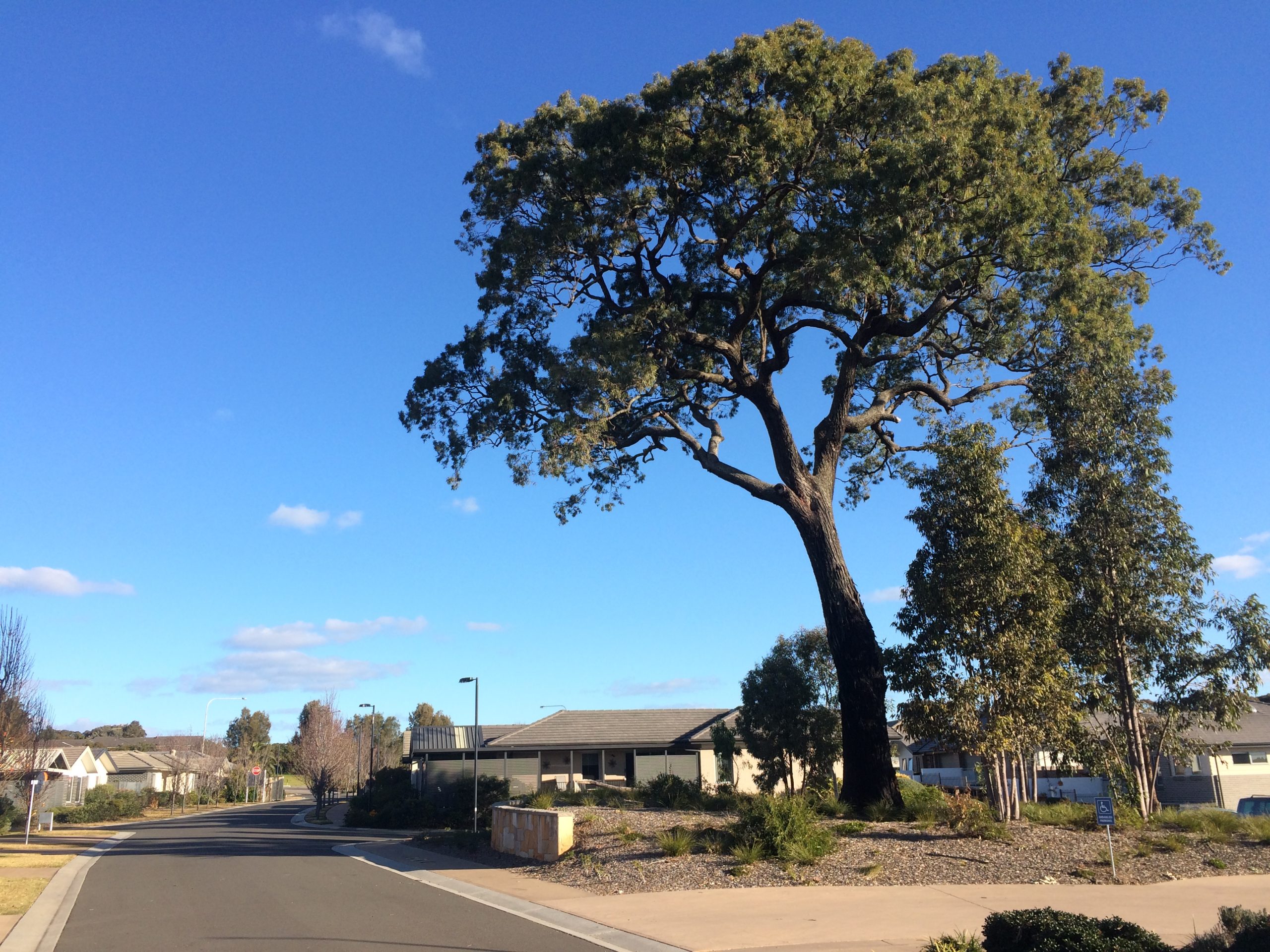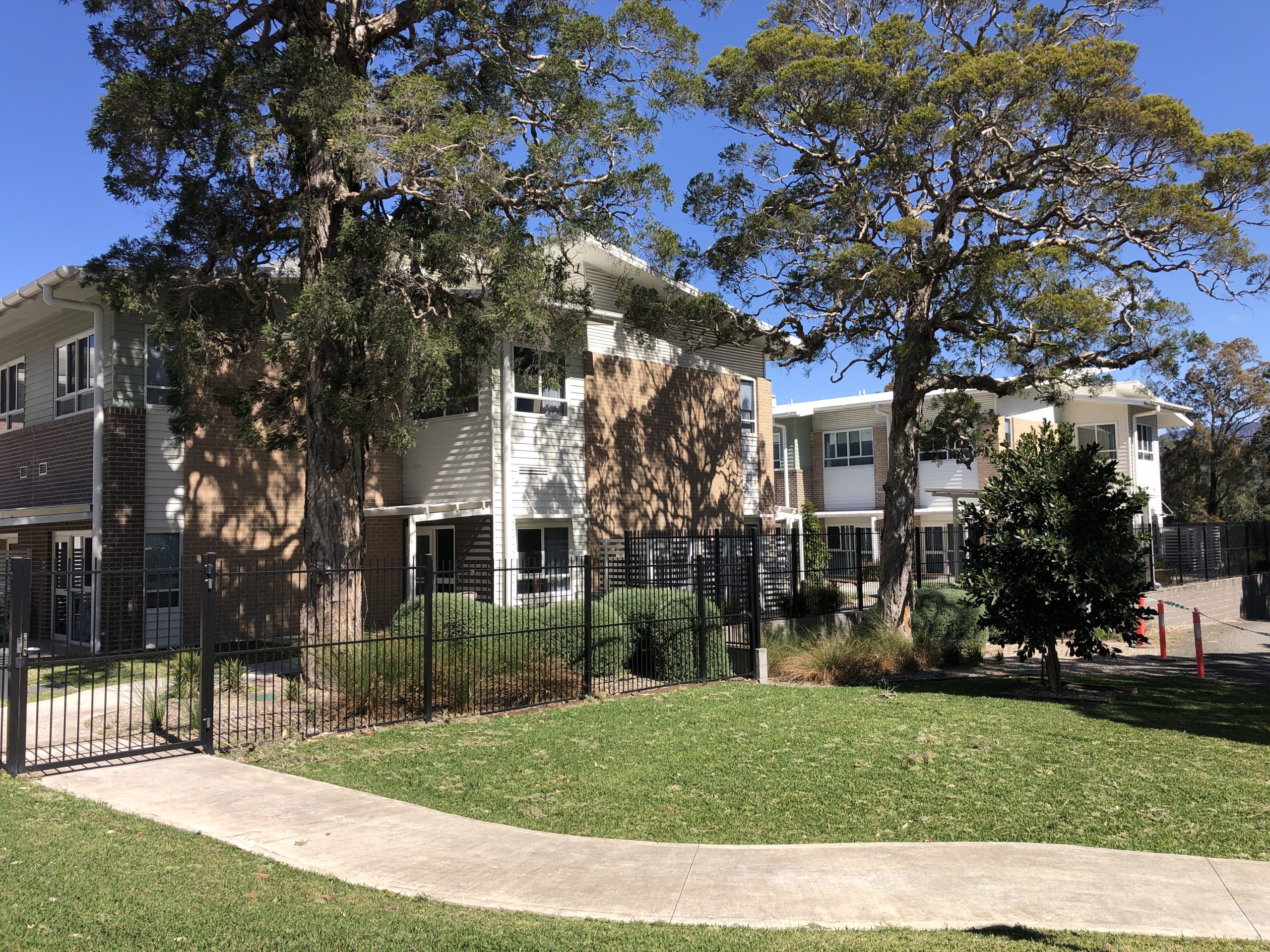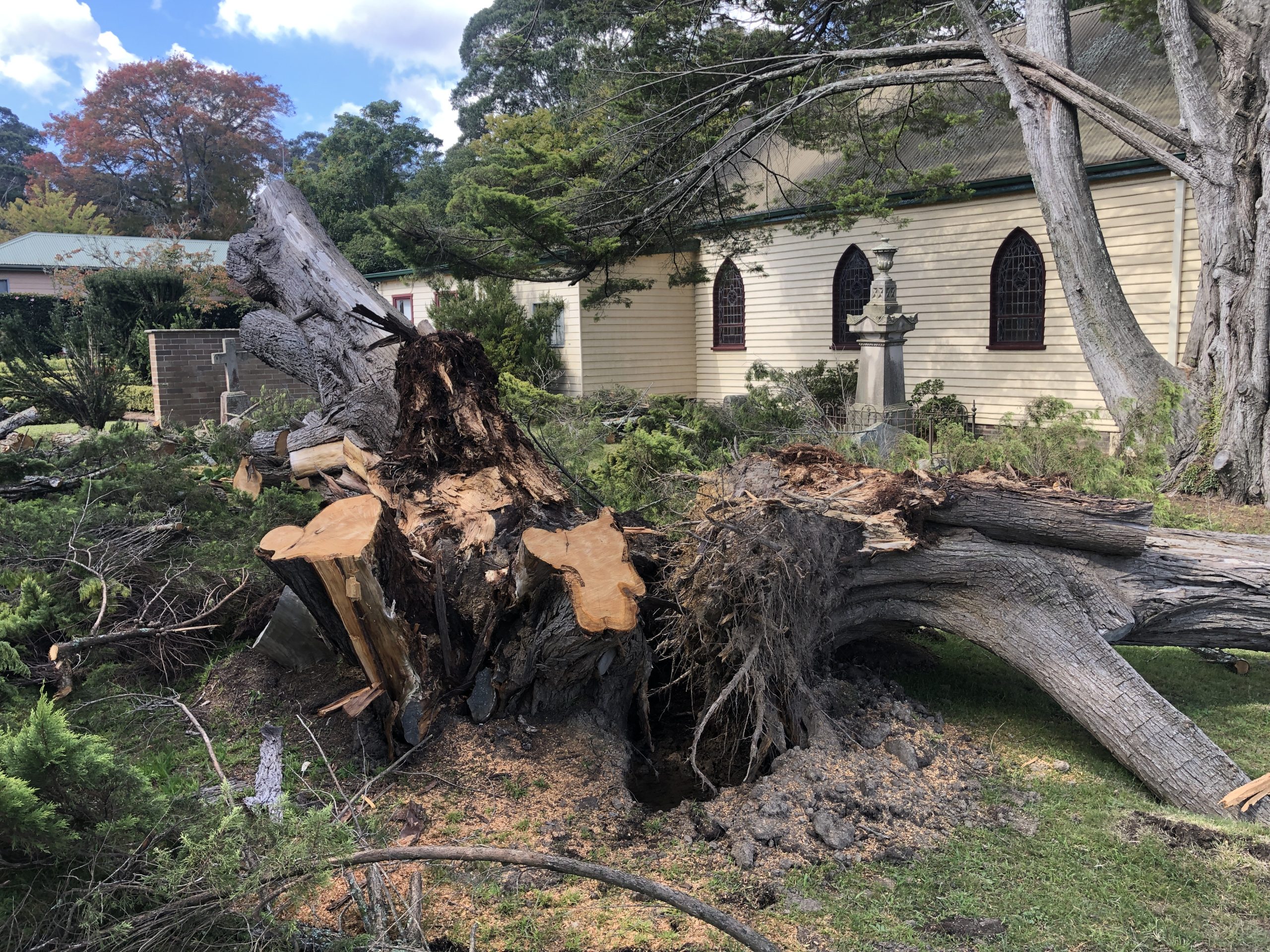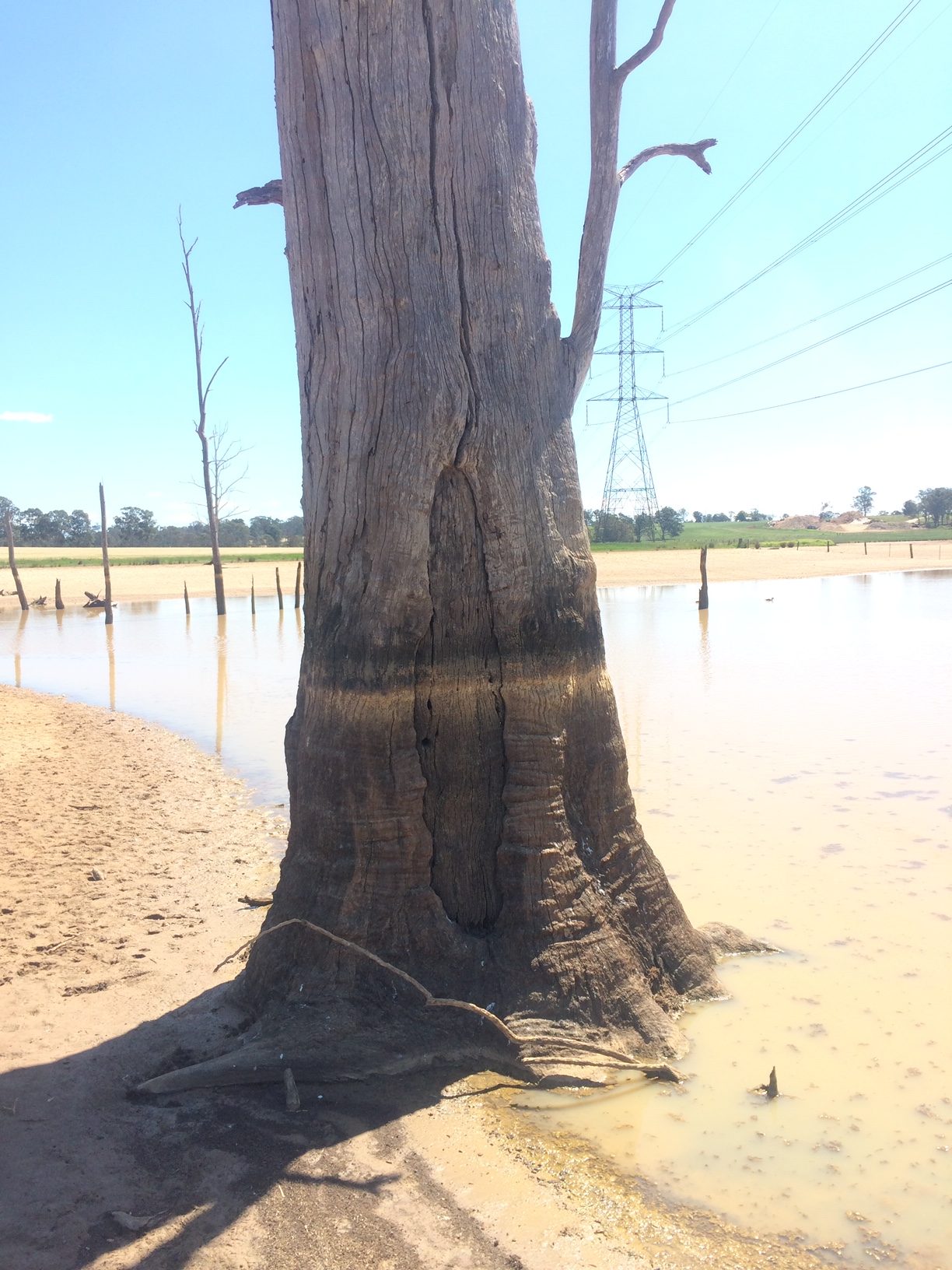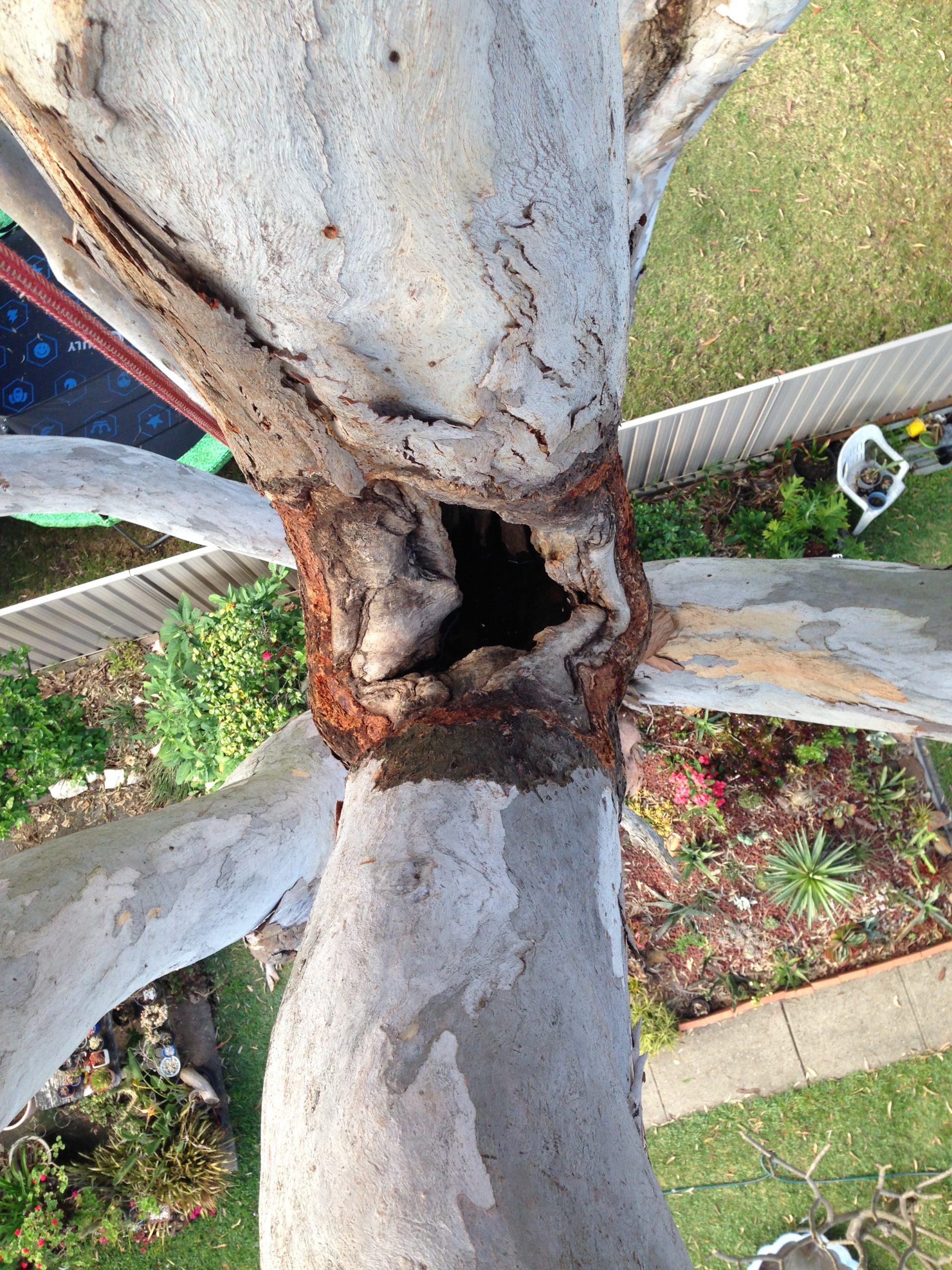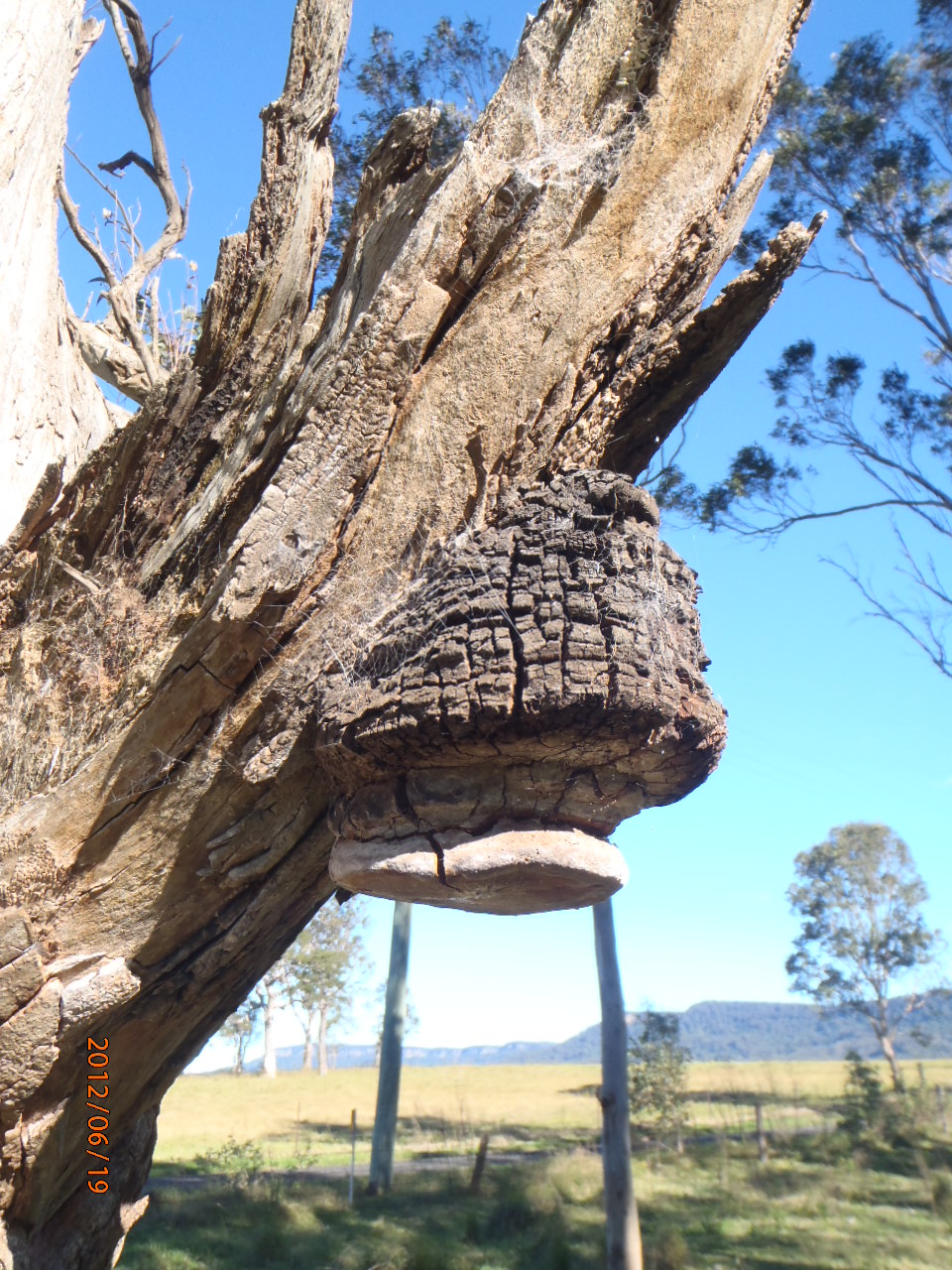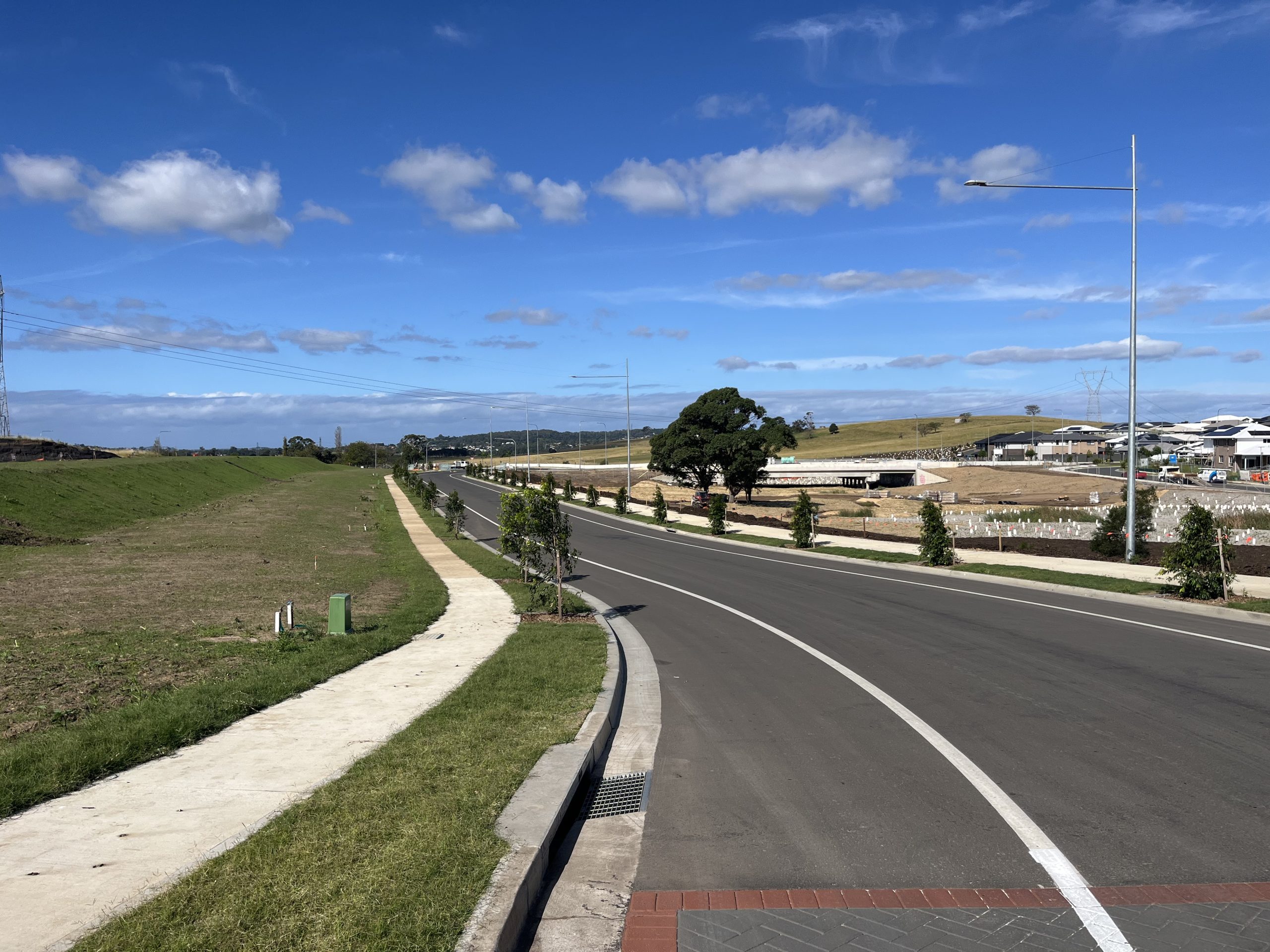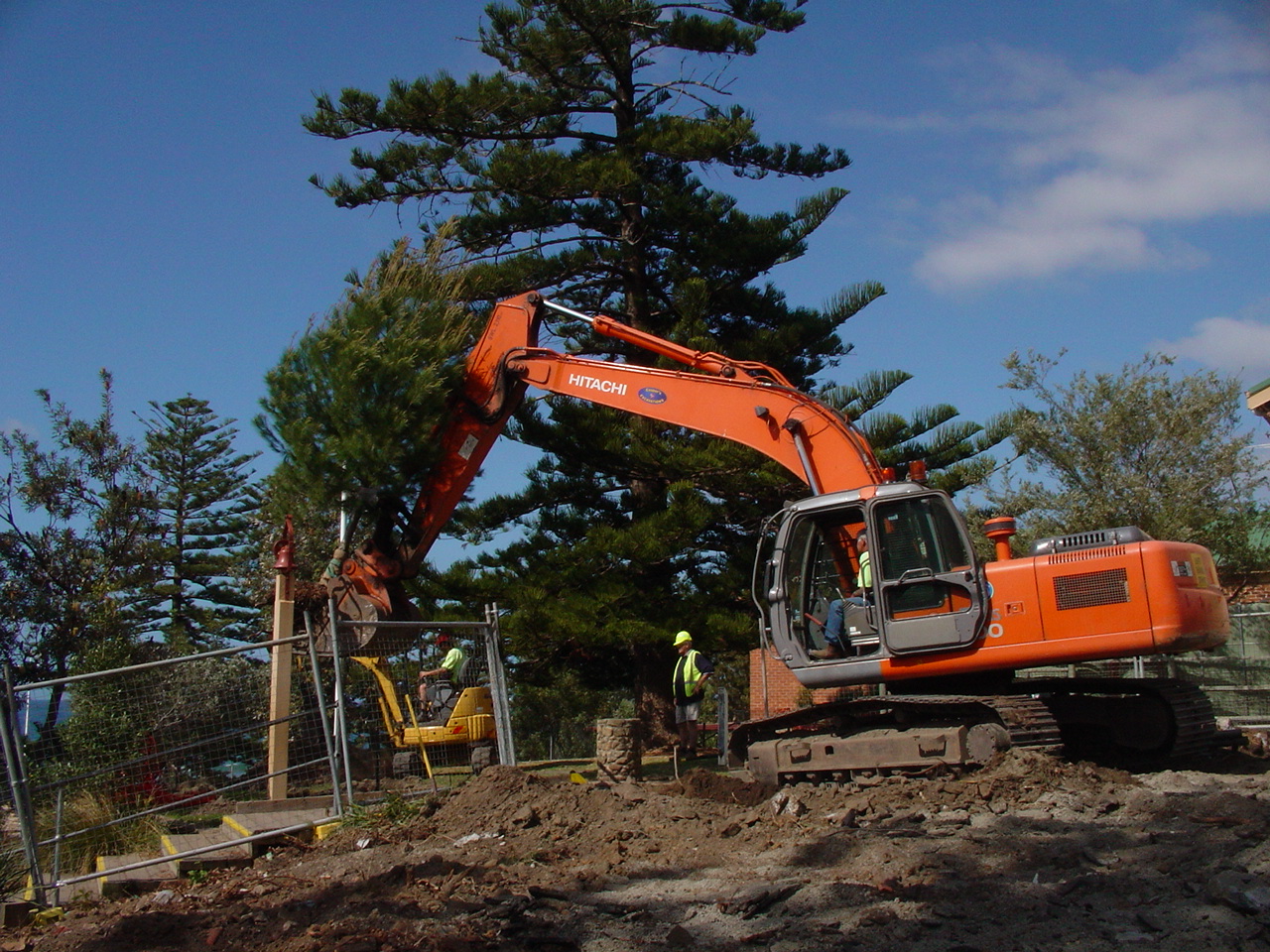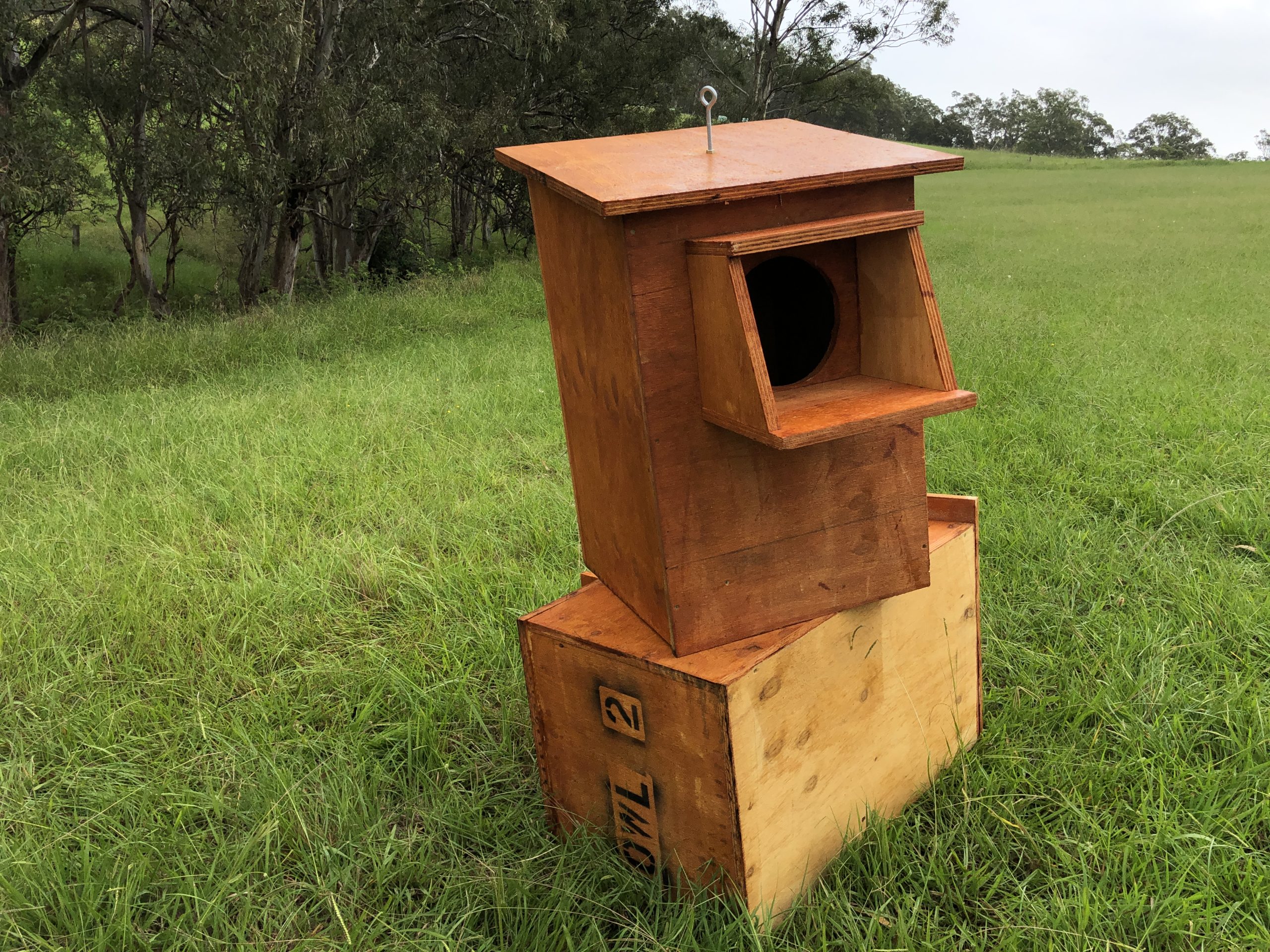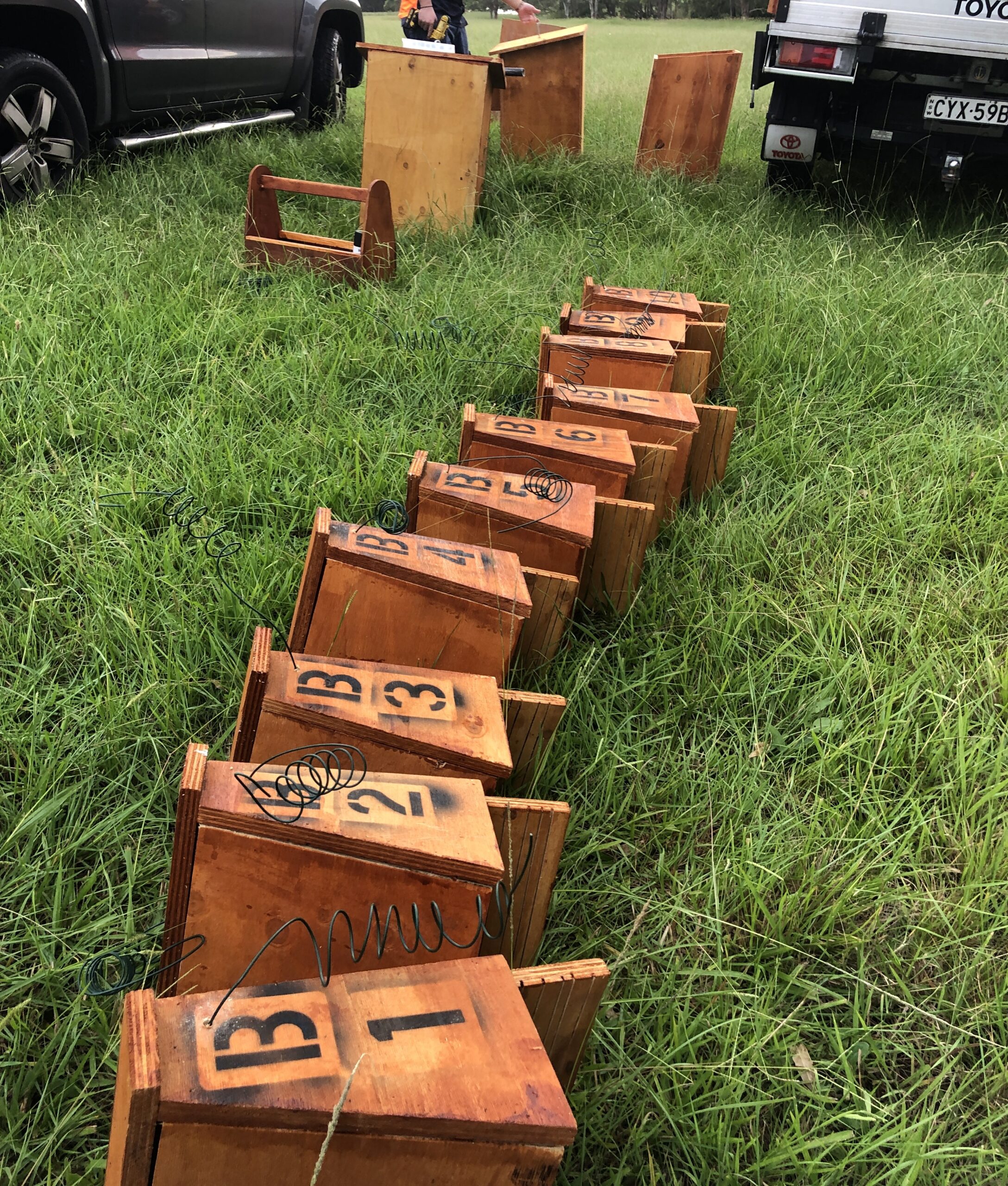Reports & Assessments
Pre-Development Assessment
Assessing trees early to guide design decisions and protect valuable specimens.
Development Application Report
(Arboricultural Impact Assessment). Council-ready report detailing tree impacts from proposed works.
Hazard / Risk Assessment
Identifying and managing trees that may pose safety risks.
Significant Tree Report
Specialist assessments for culturally, historically, or environmentally significant trees.
Testing & Diagnosis
PiCUS® Sonic Tomography
Revealing hidden decay to support safe tree management decisions.
Aerial Tree Inspection
Detailed canopy and structure inspection by a certified climber.
Soil Testing & Analysis
Analysing soil conditions to improve tree health and growth.
Pest & Disease Identification
Pinpointing issues to recommend effective treatment and care.
Management & Protection
Tree Protection Specifications
Protecting retained trees during construction to meet Council requirements
Tree Management & Master Plans
Planning and maintaining healthy, compliant street and landscape trees.
On-Site Supervision
(Project Arborist). Monitoring works near trees to ensure full compliance and protection.
Nest Box Supply & Installation
Providing safe, durable habitats for native wildlife.
Specialist & Ongoing Services
Canopy Cover Assessment
Measuring canopy coverage to meet council or environmental targets.
Ongoing Monitoring
Tracking tree health over time to catch problems early.
PLAN MAINTAIN MATURE
Professional planning of your project, maintaining high standards, allowing environmental assets of the future to mature.
Pre-Development Assessment Report
A Pre-Development Assessment is designed for the early stages of a project. We assess all trees on the site as well as those on neighbouring properties that may be impacted, recording their species, health, retention value and more. This includes identifying whether the trees are protected by regulations and policies, considered significant, or classified as weeds.
By carrying out this assessment early, you can understand potential constraints, reduce the risk of delays, and make informed design decisions that work in harmony with the existing landscape.
Development Application Report
Also referred to as an Arboricultural Impact Assessment, this report is a key requirement for many Council Development Applications. It provides a detailed review of all trees on and near the site, along with an assessment of how proposed works may affect them.
We evaluate potential impacts to root systems, canopies, and overall tree health, as well as the likely effects of construction methods such as excavation or heavy machinery use.
Our recommendations outline protection measures, pruning requirements, and ways to minimise environmental impact, helping you meet Council conditions and improve your chances of receiving approval without unnecessary delays.
Hazard / Risk Assessment
A Hazard or Risk Assessment focuses on identifying trees that may pose a threat to people, property, or infrastructure. This could be due to structural weaknesses, decay, storm damage, or pest and disease issues.
We carry out a thorough inspection, evaluating the likelihood of failure and the potential consequences if failure occurs. The report outlines practical management options, from pruning or weight reduction through to complete removal when retention is not safe or possible.
These assessments are particularly valuable for landowners, property managers, and Councils seeking to reduce liability and maintain safe outdoor spaces.
Significant Tree Report
Significant trees are those with cultural, historical, ecological, or heritage value. Examples include Aboriginal Scar Trees, historically planted specimens, or trees of exceptional age and size.
Our reports document the condition, history, and significance of these trees, as well as providing management recommendations to ensure their safe retention.
This may include specialist pruning advice, structural monitoring, or habitat preservation measures.
These reports are often required for heritage approvals, environmental assessments, or grant applications and provide an important record for future conservation efforts.
PiCUS® Sonic Tomography
The PiCUS® Sonic Tomograph is an advanced, non-invasive diagnostic tool that uses sound waves to detect internal decay or structural weaknesses inside a tree’s trunk or large branches.
By measuring how sound travels through the wood, we can produce a colour-coded cross-sectional image showing areas of solid wood and areas of decayed wood.
This technology helps determine whether a tree is structurally sound or whether intervention is necessary.
Combined with a visual inspection, PiCUS® testing supports confident decision-making about tree retention, pruning or removal, particularly in high risk locations such as parks, playgrounds, and urban streets.
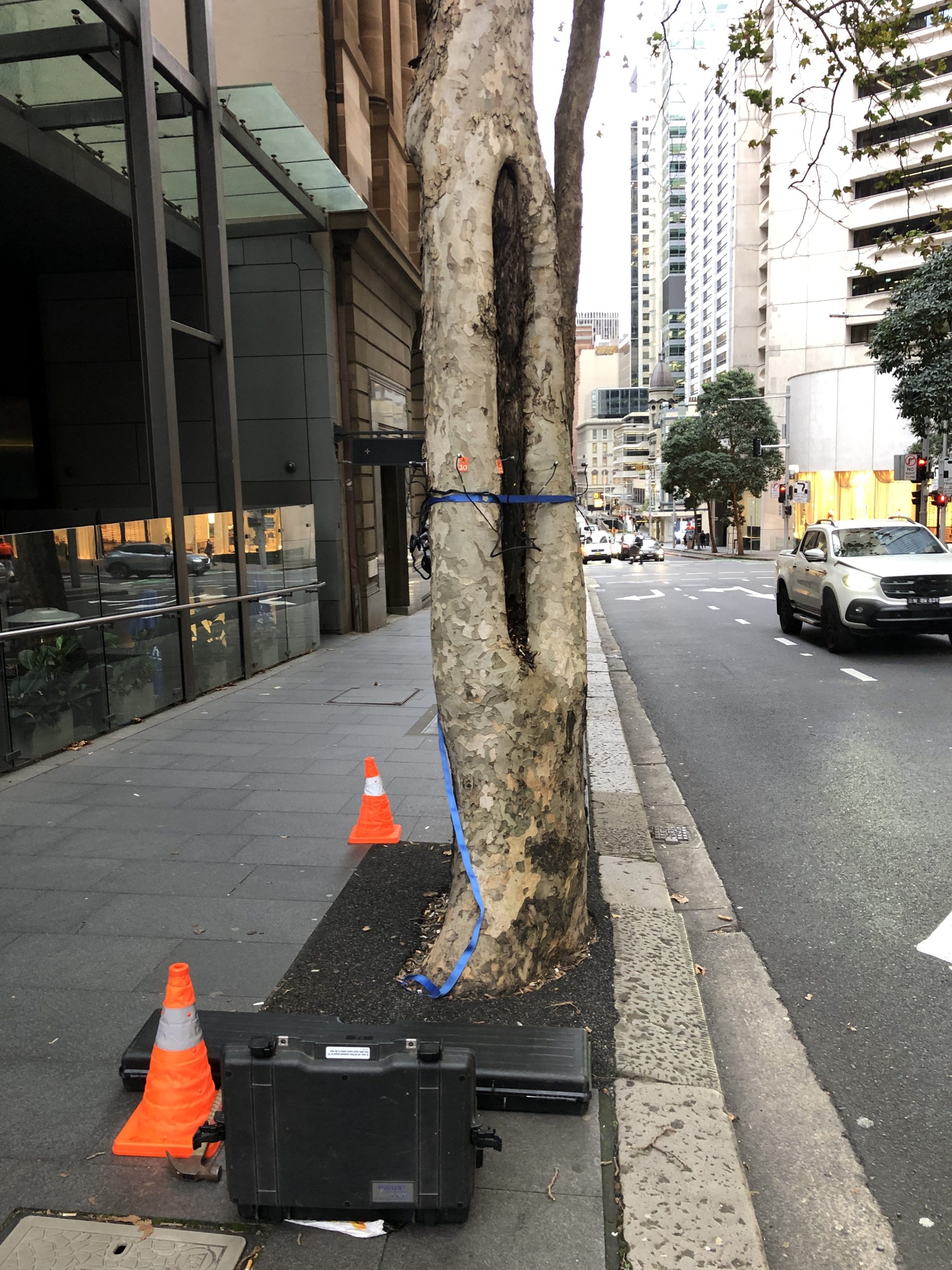
Aerial Inspection
Some tree health and safety issues are not visible from the ground. Using rope access techniques or drones, we carry out detailed inspections of the upper canopy, branch unions, hollows, and cavities.
This allows us to access potential hazards such as cracks, decay, or weak attachment points that may compromise stability. We also look for signs of pests, diseases or wildlife habitats.
The information gathered provides a more complete picture of the tree’s condition, enabling accurate recommendations for maintenance or risk reduction while preserving environmental value where possible.
Soil Testing & Analysis
Soil health is critical for the growth, stability, and longevity of trees. Our soil testing service examines the structure, compaction levels, nutrient content, pH balance, and drainage.
We use this information to identify limitations that may be affecting tree health, such as poor aeration or nutrient deficiencies.
Our recommendations may include targeted fertilisation, soil conditioning, or changes to irrigation practices.
By addressing soil issues early, you can prevent tree decline, improve growth, and create conditions that support both newly planted and established trees.
Pest & Disease Identification
Pests and diseases can quickly threaten tree health if left unchecked. We collect and analyse samples, often in collaboration with botanic gardens or specialist laboratories, to accurately identify the issue.
Once identified, we provide a tailored management plan that may include pruning, treatments, or changes in maintenance practices.
Our approach focuses on long-term tree health, reducing the chance of reinfestation or recurrence.
This service is particularly valuable for Councils, land managers, and property owners responsible for high-value or sensitive trees.
Tree Protection Specifications
When trees are being retained on a development site, it is essential to protect them during construction. Our Tree Protection Specifications outline exactly how to safeguard trunks, root systems, and surrounding soil from damage.
This can include installing protective fencing, creating ground protection to prevent compaction, and managing work methods within root zones.
These measures help ensure compliance with Council requirements while giving the trees the best chance of surviving and thriving after the project is complete.
Tree Management & Master Plans
Large developments, subdivisions, and Council-managed areas often require a strategic approach to tree care.
Our Tree Management and Master Plans provide a long-term framework for planting, maintenance and risk management across the site.
We factor in species selection, location, future growth patterns, and community needs.
This proactive approach reduces long-term costs, increases canopy cover benefits, and ensures compliance with planning regulations.
On-Site Supervision
Many development projects require an Arborist to be present during works to ensure tree protection measures are maintained.
As Project Arborists, we can supervise excavation, monitor site activities, and report on compliance with approved protection plans.
This helps prevent accidental damage to trees and ensures construction crews understand and follow the necessary protocols.
At the end of the process, we provide formal documentation confirming compliance for certifying authorities.
Nest Box Supply and Installation
When tree hollows are lost due to removal or pruning, wildlife species can be left without shelter or nesting sites.
Our nest box service provides a sustainable solution by constructing high-quality wooden boxes, finished with low-VOC (Volatile Organic Compounds) stains to minimise environmental impact.
Each box is specifically designed for target species and installed using wildlife-friendly climbing techniques.
This service supports biodiversity, meets offset requirements, and helps maintain healthy urban ecosystems.
